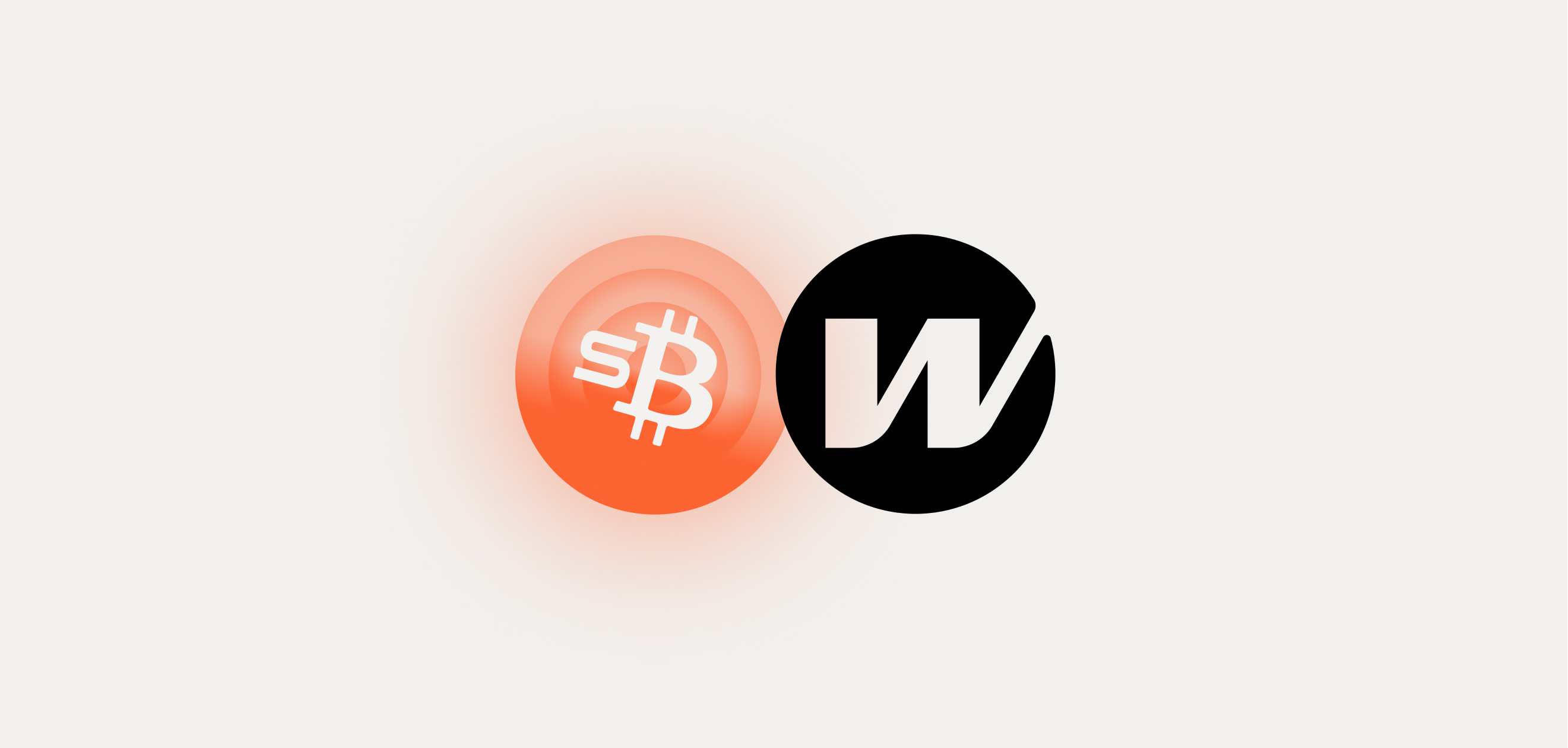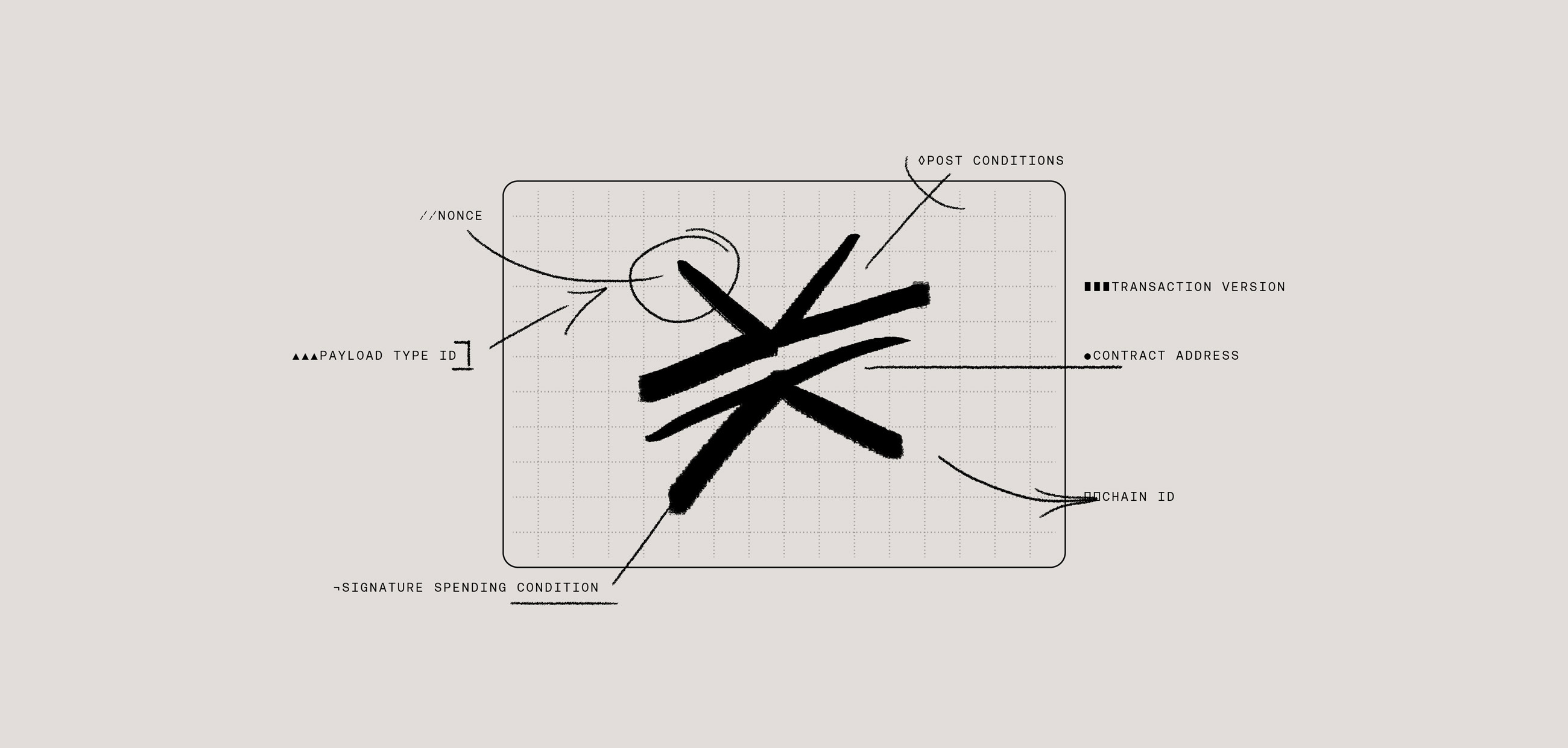The upcoming Nakamoto release is the biggest upgrade to Stacks since its mainnet launch in January 2021. This upgrade is broken up into several steps to ensure a safe transition and to give ample time to developers and partners for integrating and testing these features.
Today marks the first major public step towards Nakamoto mainnet.
Meet the Nakamoto Testnet
With today’s Nakamoto Testnet release, developers and partners can start interacting with the new Nakamoto network ahead of its mainnet activation in May (more on that timeline below).
Specifically, devs can now interact with the <code-rich-text>pox-4<code-rich-text> contract, an upgrade to Stacks’ Proof of Transfer consensus mechanism, and signers can begin onboarding and testing. If you’re interested in becoming a Signer and supporting the Stacks network, you can get started here.
Note: Nakamoto testnet follows a two-phase rollout: an instantiation phase and activation phase.
- During the instantiation phase (which launched today), the majority of the Nakamoto code is shipped and the <code-rich-text>pox-4<code-rich-text> contract goes live, but the upgraded protocol rules are inactive. This is for an additional layer of security, to test contracts and give developers, partners, and signers time to integrate and onboard.
- During the activation phase (coming to testnet in April), the Nakamoto rules become active, enabling the full set of Nakamoto features, including Signer-based functions, faster blocks, and 100% Bitcoin finality.
Today’s testnet release will be the default Stacks testnet going forward and will be maintained in perpetuity as a service for any devs building in the ecosystem. You can find this testnet at these links (these are different URLs from the previous testnet):
- The Testnet Explorer: https://explorer.hiro.so/?chain=testnet&api=https://api.nakamoto.testnet.hiro.so/
- The Testnet API: https://api.nakamoto.testnet.hiro.so/
Of note, like the previous Stacks testnet, this testnet will also feature the accelerated one-week stacking cycles that you may be familiar with (on mainnet, these are two-week-long cycles), and this testnet also runs against Bitcoin Testnet.
This testnet is an environment to test your code against some of the major upcoming changes of Nakamoto that include changes to the core Stacks blockchain protocol, a new <code-rich-text>pox-4<code-rich-text> contract for Stacking, and more.
Getting Started on Nakamoto Testnet
This release means that you can begin integrating your applications and smart contracts with the upgraded Stacks network. In particular, you can test your apps and contracts against the <code-rich-text>pox-4<code-rich-text> contract to ensure everything is working as expected.
If your app interacts closely with the Stacks blockchain, mining, or Stacking, there are also changes to the core protocol that could affect your app. For a more extensive list of testing use cases, click here.
Here are a few helpful resources for devs to get started:
- The Stacks Foundation pulled together a guide on how to start testing contracts. If you’re ready to get going, start with this guide from the Stacks Foundation and documentation.
- If you need more context on the Nakamoto release, there are in-depth write-ups in Stacks documentation that cover the upgrade in detail, from stackers and signers to block structure and everything in between.
All of Hiro’s products are now Nakamoto-ready, and that brings a number of changes. Some highlights include a new display for blocks in the Stacks Explorer to account for Nakamoto’s design change that allows multiple Stacks blocks per Bitcoin block:

Stacks.js and Clarinet now both support Nakamoto testnet, and we added new Nakamoto endpoints to the Stacks Blockchain API. These endpoints can get Proof of Transfer details including Signers and Stackers, get a list of Stacks blocks per Bitocin block, support the new <code-rich-text>tenure_change<code-rich-text> transaction type, and more.
We will be sharing more about the Nakamoto changes to Hiro tools soon, but for now, you can find everything new with Hiro’s products in this dedicated changelog.
Timeline to Mainnet
In the coming weeks, the public ecosystem working group (which Hiro is participating in) will be monitoring the testnet closely. Then in early April, the mainnet release will begin, which is broken into two parts just like the testnet launch:
- Mainnet instantiation (April 15-29): In the instantiation window, the <code-rich-text>pox-4<code-rich-text> contract goes live, and the majority of the Nakamoto code will ship. However, during this time period, the Nakamoto rules are inactive while Signers onboard.
- Mainnet activation (May 15-29): In the activation window, the Nakamoto upgrade will come online. After activation, all of the Nakamoto features come online, and signers begin actively validating blocks. The “on switch” is flipped.
After activation, the Stacks ecosystem will have the 2 main benefits of the Nakamoto upgrade:
- Faster block times: Stacks blocks will no longer be tied to Bitcoin blocks, and miners will be able to produce many Stacks blocks between Bitcoin blocks. With this release, transactions will be mined in seconds, not tens of minutes, making for a much snappier user experience and increasing the throughput of the Stacks blockchain.
- 100% Bitcoin finality: The Stacks blockchain will no longer fork on its own. To change the history of Stacks, you will have to change the history of Bitcoin, and reversing a Stacks transaction will be at least as hard as reversing a Bitcoin transaction.
After this mainnet activation is complete, the ecosystem will turn to its next big upgrade, the sBTC release. This second upgrade is expected to ship a few months after Nakamoto, and will bring a trust-minimized BTC peg to the Stacks ecosystem.
Bitcoin L2 Season Is Heating Up
Grab a towel, sunglasses, and a screen protector—that’s right, you heard us. Laptops are coming to the beach this year. Bitcoin L2 season is heating up, and you don’t want to miss a second of it. See you on-chain.







